How to Install SSL Certificate on Magento 2 Successfully?
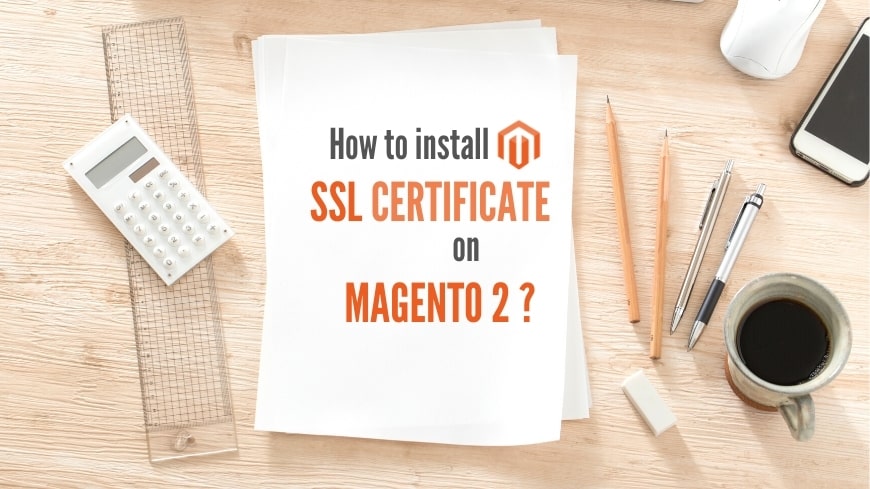
Nowadays, customers are becoming more mindful of the dangers of leaving payment information on vulnerable websites. An eCommerce store should constantly reassure the customer that their sensitive information is secured at all times.
SSL certificates are used to provide an authentication link between the user’s browser and the website’s server. They ensure reliable data transmission and a secure shopping area for your customer, which are critical to protecting them from possible cyberattacks and data breaks.
Let’s learn how to install an SSL certificate and unlock HTTPS in your Magento store.
Contents
What is SSL, and how does it work?
An SSL is also known as a Safe Socket Layer certificate, which secures a website by creating an encrypted connection between the web server and the browser. The most significant benefit of SSL is that data sent over an encrypted channel is still kept confidential.
Simply put, applying an SSL Certificate to your store could protect the user’s personal information such as login credentials, credit card information, and other confidential information from cyber attacks.
What is the Significance of SSL for a Magento store?
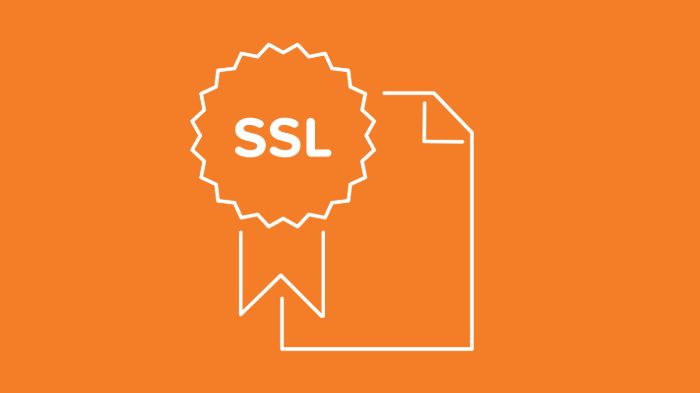
SSL is only a small step in building a B2B website. Know the full cost of building one with this article!
Usually, the checkout page is often secured by an SSL certificate to protect user’s sensitive checkout information such as credit card passwords, PINs or even personal addresses.
However, if you haven’t already got a dedicated SSL certificate throughout our entire ecommerce store, then there’re possible benefits that might get your eyes into the reason why it’s needed that much.
Improve conversion rates
Non-HTTPS sites are often labeled as “not safe” by major web browsers like Chrome, Firefox or Edge. Having HTTPS gains customer trust in no time. They are also less likely to cancel an order due to security issues if SSL is completely implemented.
Secure connection
Cyber attacks are usually reported more likely as users are redirected between HTTP and HTTPS sessions. Enable HTTPS to protect consumer data and sessions as they browse the store.
Improve search result
Google uses HTTPS as a ranking signal in its search results. The use of SSL will help your website rank higher in Google’s search results.
Enhance customer experiences
Customers must feel secure from the moment they enter the website before the payment process is completed. They are more likely to openly interact with website services, exchange content, build user accounts, and connect with other customers while HTTPS is implemented.
How to Install Magento 2 SSL Certificate?
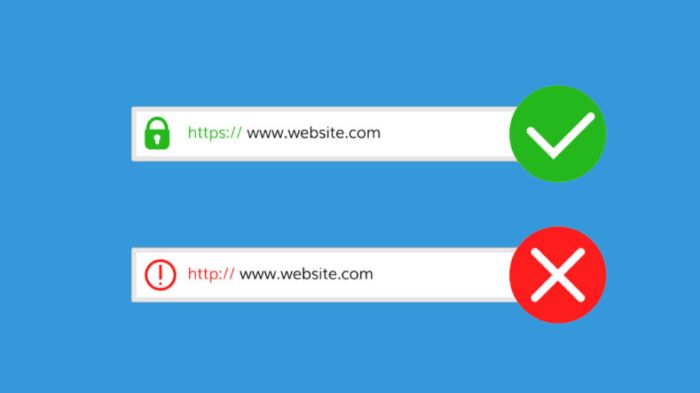
ALSO, is website development for B2B costly like what you imagined? Take a look.
Certification Authorities (CAs) issue two types of SSL certificates, which are priced by the degree of validity and the number of domains and subdomains it covers.
You should examine the various forms of SSL certificates to decide which one is required for your type of website, either it’s a store site or a market site.
Usually, the best options for ecommerce stores are Extended Validation or Organization Validated. These SSL certificate credentials are more costly and take quite a long time to finish the authentication process, but they provide consumers with extra encrypted security against data breaks.
You should check out carefully whether your hosting service has an SSL certificate in its hosting package. Often, these SSL certificates are basic ones but it would still be a viable option for small businesses with limited funds.
Through overseeing the technical execution of the SSL license, web hosting can further reduce overhead costs.
Create a Certificate Signing Request in the first phase (CSR)
You must produce a key pair (private-public) and send a Certificate Signing Request to a Certification Authority (CA) to receive an SSL certificate (CSR). A CSR file is an encrypted file that contains general information about your ecommerce company, such as the completely qualified domain name, email, country, and address.
A CSR can be produced in a variety of ways. To create a certificate signing request, for example, you can use an open-source command-line tool like OpenSSL.
Alternatively, you can use the SSL Manager in cPanel (or any admin management interface from your hosting provider) to create and manage SSL certificates using a user-friendly graphical interface.
1. Go to the Security tab and choose the SSL/TLS Manager.
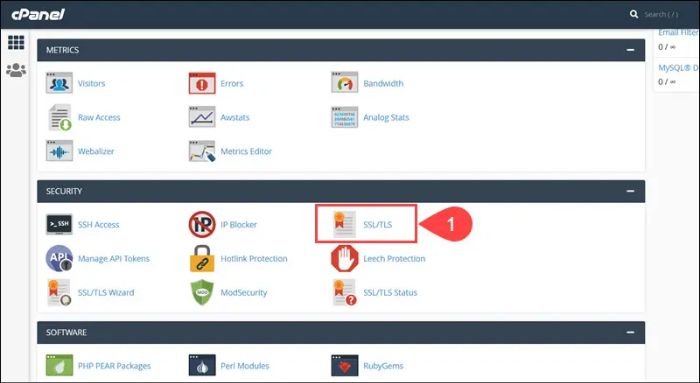
2. Select Certificate Signing Requests (CSR) from the drop-down menu.
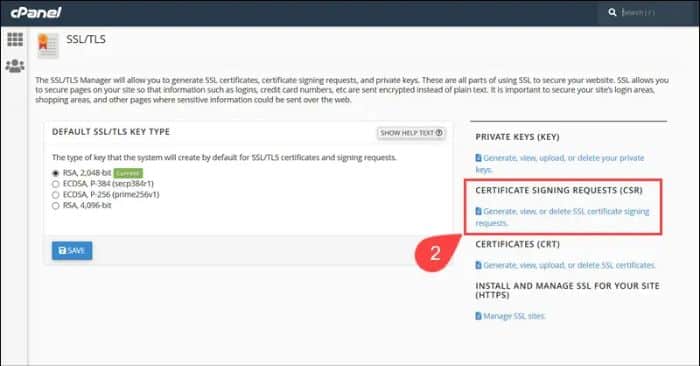
3. Fill out the Generate a New Certificate Signing Request form with information about the website and business, as well as a private encryption key.
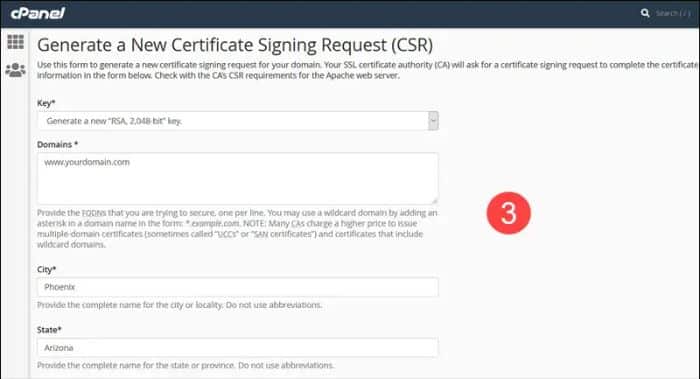
4. Review the details and ensure that it is right before clicking Generate.
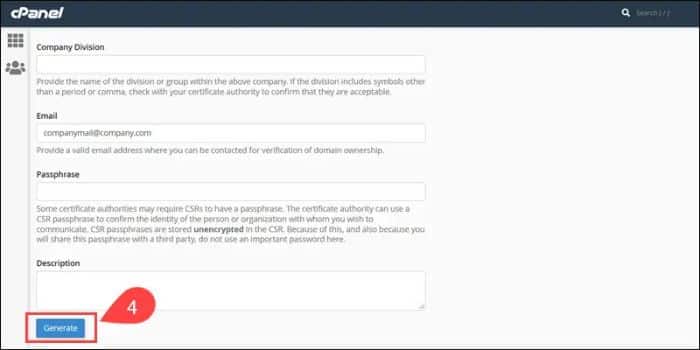
5. Forward the encoded CSR to your preferred Certification Authority.
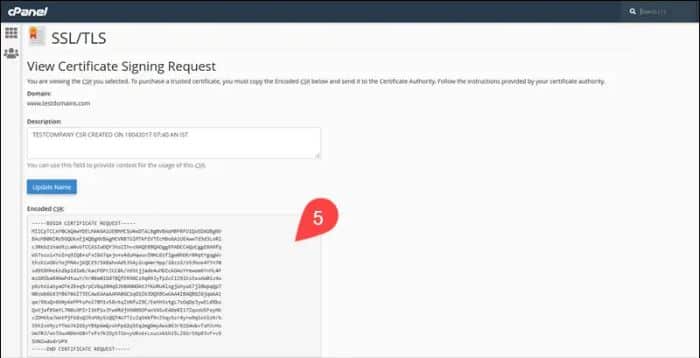
The details in the CSR are validated by the Certification Authority, which then awards an SSL certificate. The CA can request additional documents to validate the details depending on the certificate level.
Step 2: Set up an SSL Certificate
The Credential Authority issues a certificate file after the approval process is completed (.crt). You must upload the file to your server.
1. Log into cPanel and go to the SSL/TLS Manager.
2. Select Certificates (CRT) from the drop-down menu.
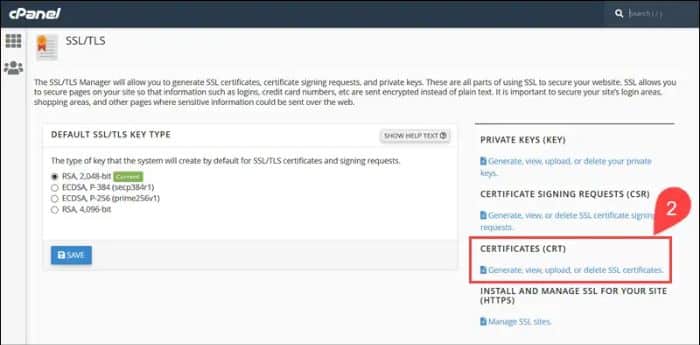
3. Pick Save Certificate after passing the body of the certificate form. Alternatively, use the Browse method to locate the .crt file and then press Upload Certificate.
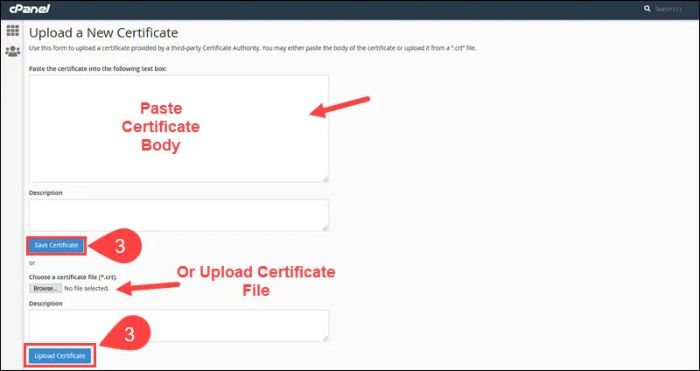
4. Choose the Install and Manage SSL for your Site (HTTPS) option from the drop-down menu.
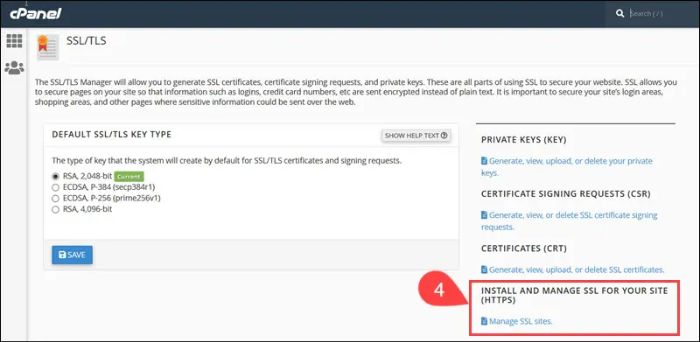
5. Click Autofill by Domain after selecting the certified domain from the dropdown menu.
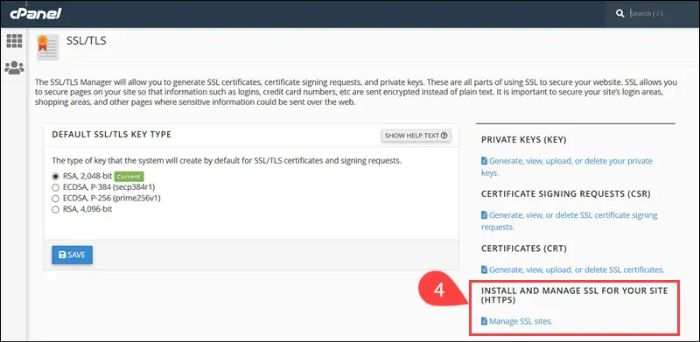
6. Since the certificate and private key are on the same server, the machine retrieves them all.
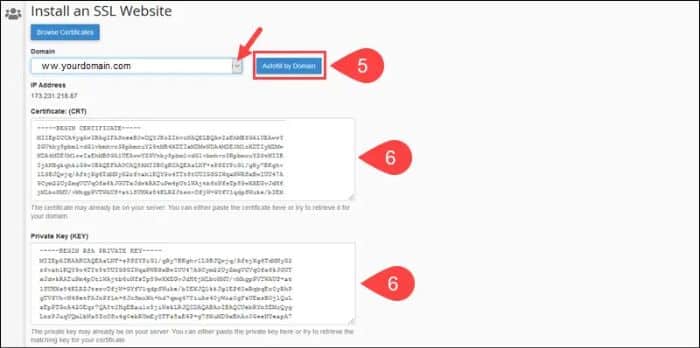
7. Choose Install Certificate from the menu.
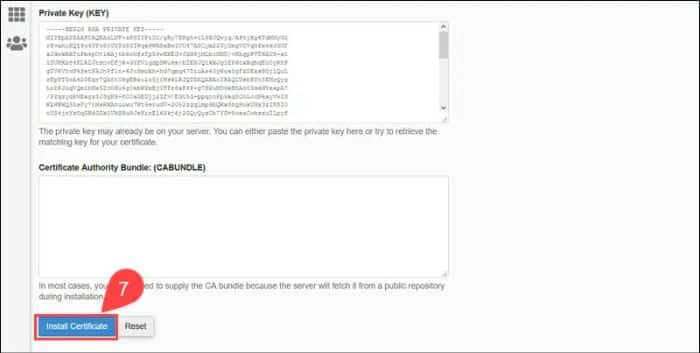
Allow the SSL certificate in Magento once the installation is complete.
Step 3: Enable Magento’s SSL Certificate
To allow an SSL certificate in Magento 2, follow these steps:
1. Select Configuration from the Stores menu.
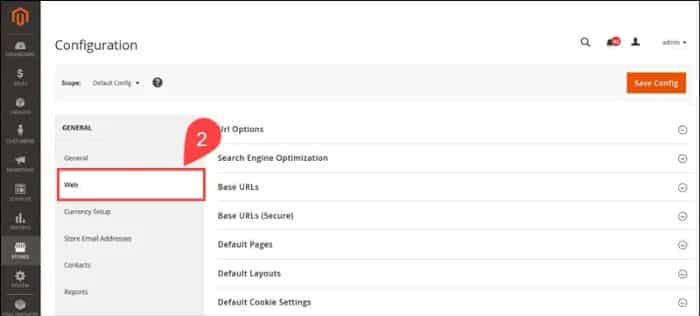
2. In the General tab, choose Web.
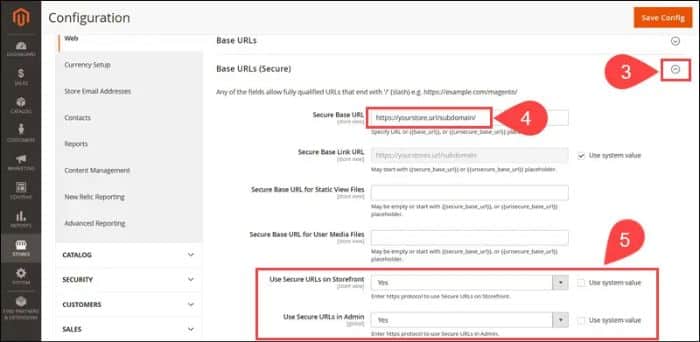
3. Go to the Base URLs (Secure) segment and expand it.
4. Change the Secure Base URL from HTTP to HTTPS.
5. Check the boxes for Use Secure URLs on Storefront and Use Secure URLs in Admin.
6. To add the new configuration, click Save Config.
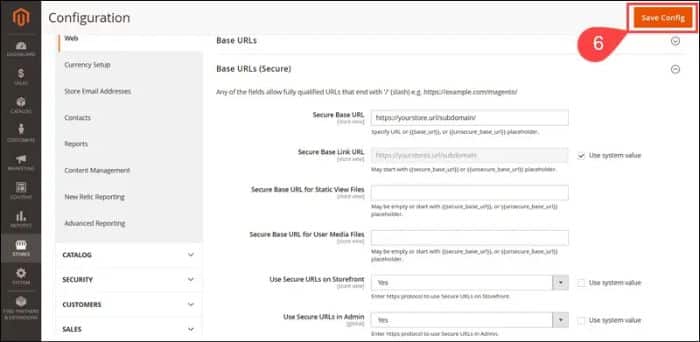
Once you’ve flushed the Magento cache, the updates will be apparent in the storefront.
Final Thoughts
You’ve successfully installed an SSL certificate in your Magento store and enhanced data protection. Having HTTPS and SSL certificate enabled demonstrates that you are able to devote time and money to protect customer’s personal data, which helps improve drastically the conversion rate, especially if you haven’t implemented any type of certification before to your ecommerce site.
[wptb id=1449] [wptb id=1447]


